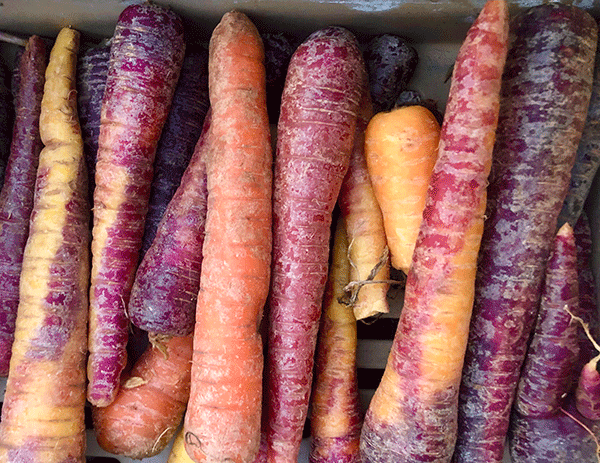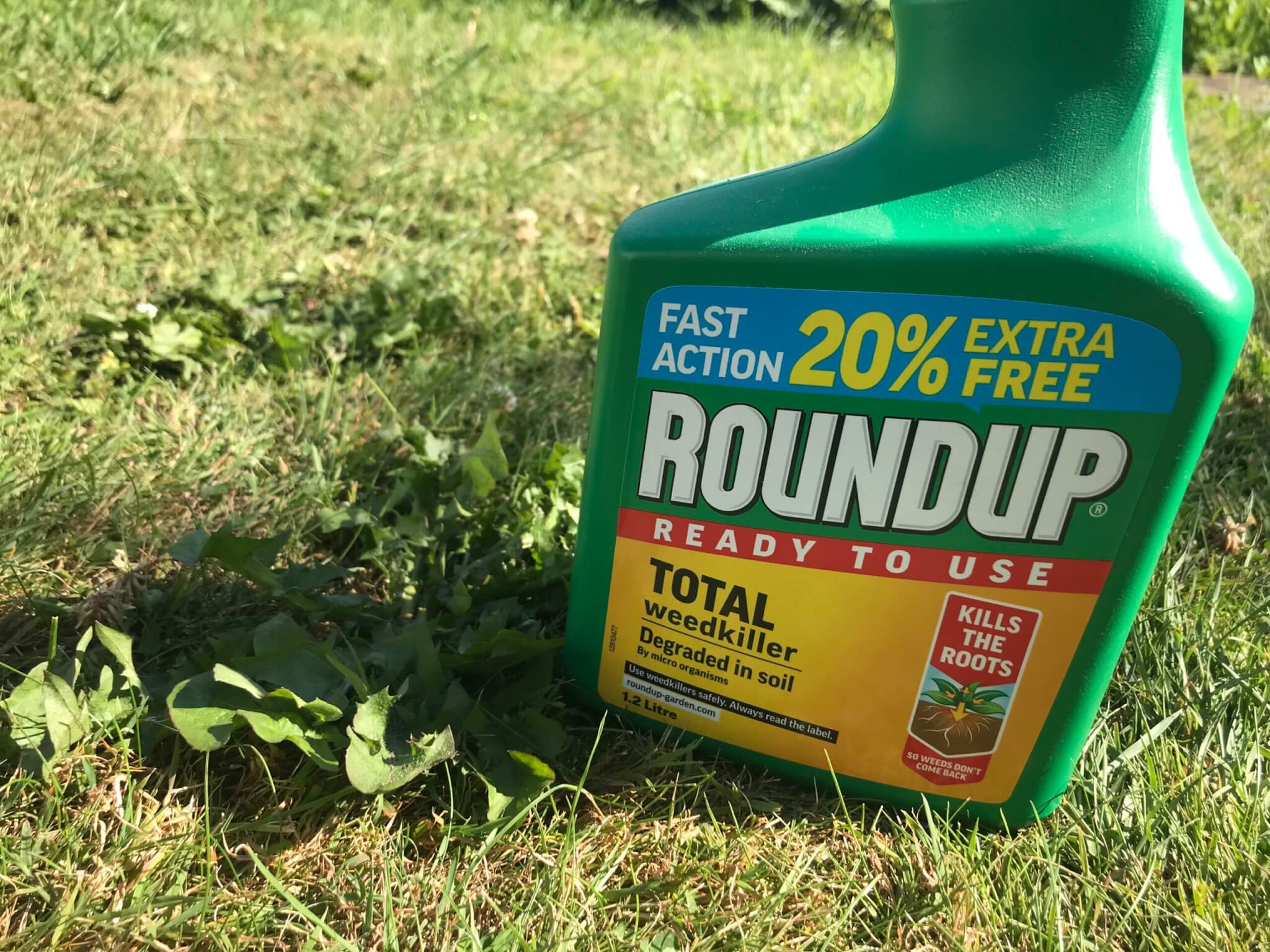Who hasn’t felt guilt when scraping leftovers into the bin? Definitely me. I joined Food in Community, a Devon food waste not-for-profit as a volunteer in 2015, so I’ve had six years to perfect my household food waste reduction strategy, but short-dated food still deteriorates before I can use it when short of time. On the compost heap it goes. Humans are hardwired in our dislike of waste. So where are we going wrong?
Greenhouse gases emitted due to food waste are greater than the total emissions by any individual country in the world, other than China and the US. Emissions associated with the food we throw away in the UK are more than the total greenhouse gas emissions for Kenya. As Inger Andersen, executive director of the United Nations Environment Programme (UNEP) summarised: “Putting a serious dent in food loss and waste will slow climate change…”
But how? Eating the food we produce will help ensure that the resources to produce, pack, store and transport it, including fossil fuels, water, land, seeds, labour, money and time, is invested in the sustenance of people, the nutrients providing energy for life and health. If that food is wasted, the resources are wasted, and more resources will be needed to be used to replace the food. It sounds obvious, but the environmental footprint of food waste is largely the carbon footprint of the food. Decarbonising our food system and our diets is then vital.

If we need to eat more plant-based food for the environment as well as our health, it makes good sense for us to eat as much as possible of what is grown. Fruit and vegetables represent the largest volume globally of wasted food, up to 60 per cent, so interventions are potentially impactful. However, strategies for gathering and using food that would otherwise be wasted need to be designed carefully, ideally with farmers and grassroots experts in the agroecological sphere.
When foods already have a low carbon footprint, transportation of them can account for 50 per cent of their carbon footprint, so distribution strategies need to be about more than replacing diesel with electric vehicles. Particularly if the produce has a short shelf-life, it needs to be used quickly and usually this means locally, where strong networks are vital.
So how do we move forward on food waste post COP26? I can’t help coming back to Guy Singh-Watson’s analysis, that “..taxes on carbon (or directly on fossil fuels) offer the only realistic path.”
There is no doubt that we need to make better use of the foods we produce and deal with surpluses more mindfully, but one step before that, we need to support agroecological foods produced with low fossil fuel input. I will still be making my ‘bottom of the fridge’ supper dishes with leftover odds and ends. Individual efforts still matter, but some of the issues behind food waste are structural.













0 Comments